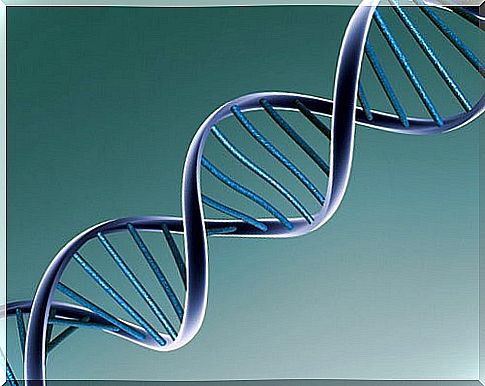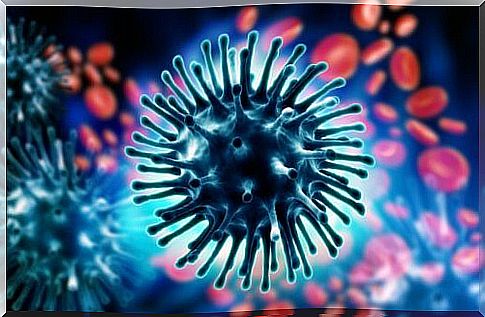How Do Viruses Change?
The question of how viruses change is present in the general population every time there is an epidemic. The truth is that science already has a fairly formed explanation of the phenomenon. The knowledge of genetics, and the scientific studies that are carried out every time there are outbreaks, have made it possible to advance in the knowledge of the viral mutation mechanism.
We know that viruses have genetic information inside them that they use to persist and multiply. Like the DNA of humans, the viral genome encodes the way the virus is. This includes how to infect and even the species that will be the target of the infection.
Viruses have two ways of mutating:
- By recombination: this happens when two or more viruses exchange portions of DNA or RNA with each other, modifying one with the structure of the other.
- In random mutation: here the change is intrinsic to a virus, and in general it happens due to an error in the replication of the genetic material.
The larger the infected population, the higher the chances that a virus will mutate. However, it is not correct to associate the question of how viruses change with lethality. Most of them, as we will see in this article, mutate to mild forms in order to survive. If they became more lethal, they would lose their guests.
Why do viruses change?
The answer to why viruses change is a mistake. Almost always, the viral mutation is the consequence of an error in the RNA coding. Although there are viruses that contain DNA instead of RNA, it is in seconds that the error is magnified.
This happens because DNA viruses have a finer mechanism to reproduce their genetic information; so they make fewer mistakes when they copy genes to replicate. In RNA viruses the control mechanism is more rudimentary.
DNA viruses use enzymes called polymerases that are present in the cells they infect. We have to imagine it as if it were a parasite that takes advantage of the recipient’s resources. DNA polymerases have the ability to repair errors.
Different happens with RNA viruses, where DNA polymerases do not serve to correct. This leads to mutations, and frequently. A virus with RNA as genetic information mutates at a remarkable rate.
Now, if we stick to answering why viruses change, we should say that they do it to survive. As the evolution of the species, in general, where favorable changes are taken advantage of to last, in the viral field it happens in a similar way. However, change does not always mean greater virulence.

Is virus change always bad?
No. Not always the mutation of a virus translates into greater lethality, that is, in greater capacity to kill. If we think about it carefully, that would be an evolutionary mistake. The virus cannot kill too many hosts because it would be out of range of survival.
Viruses change by adapting to the circumstances offered by the species that harbors them at a given moment. If they manage to become less lethal, they can go unnoticed, replicating themselves from one individual to another. Ultimately, that would be a logical goal for the viral infection: perpetuate itself.
At the same time that the virus changes, the immune response capacity of the recipient species also increases. This leads to a strange equilibrium where the viral population lingers in coexistence with the hosts. Such is the case with flu in humans, that every year they cause seasonal outbreaks.

Viruses don’t always change for the worse
Knowing how viruses change gives us a clue about the evolution of epidemics. In most outbreaks, a state of maximum transmission is reached and then the cases decrease. One of the factors for this to happen is human intervention, but another no less negligible is the viral mutation.
In any case, changes in viruses are an incentive for us as humans to also change our habits and try to adopt healthier measures. In prevention is our key to combat the viral mutation.









